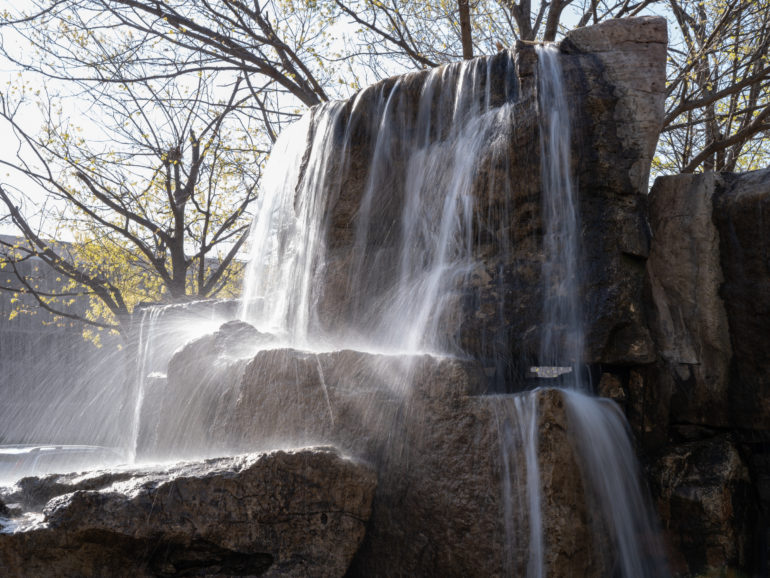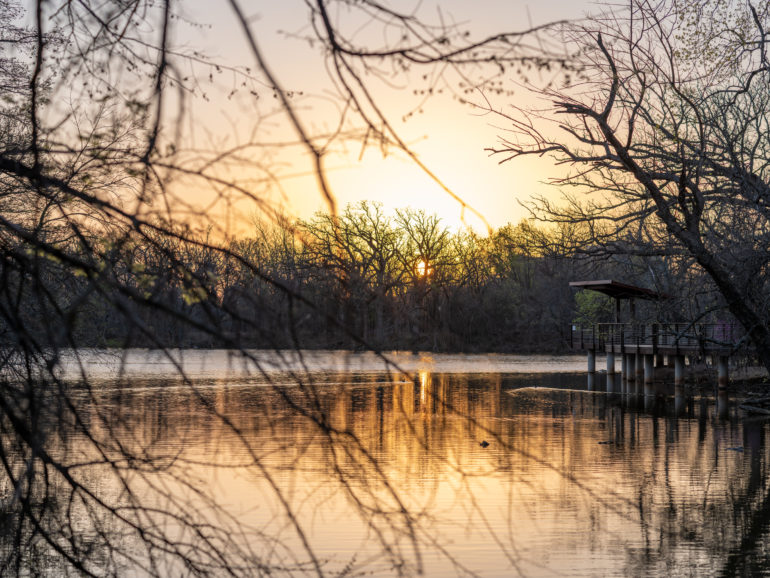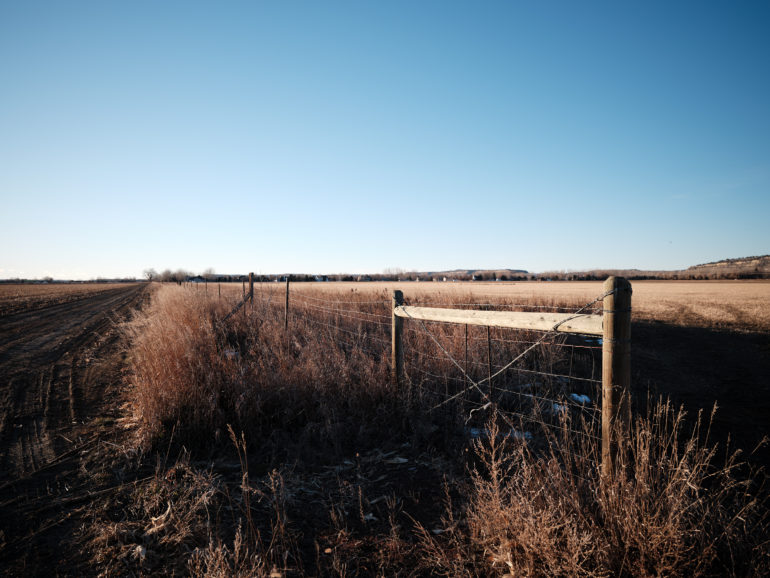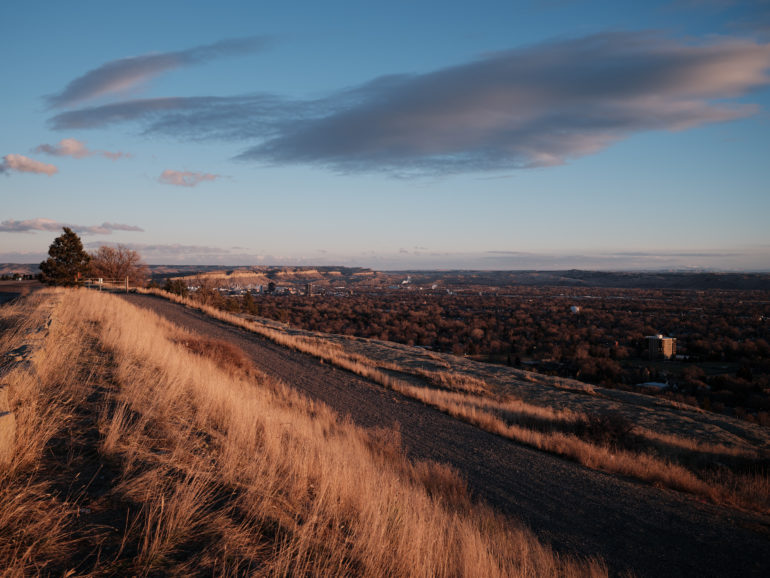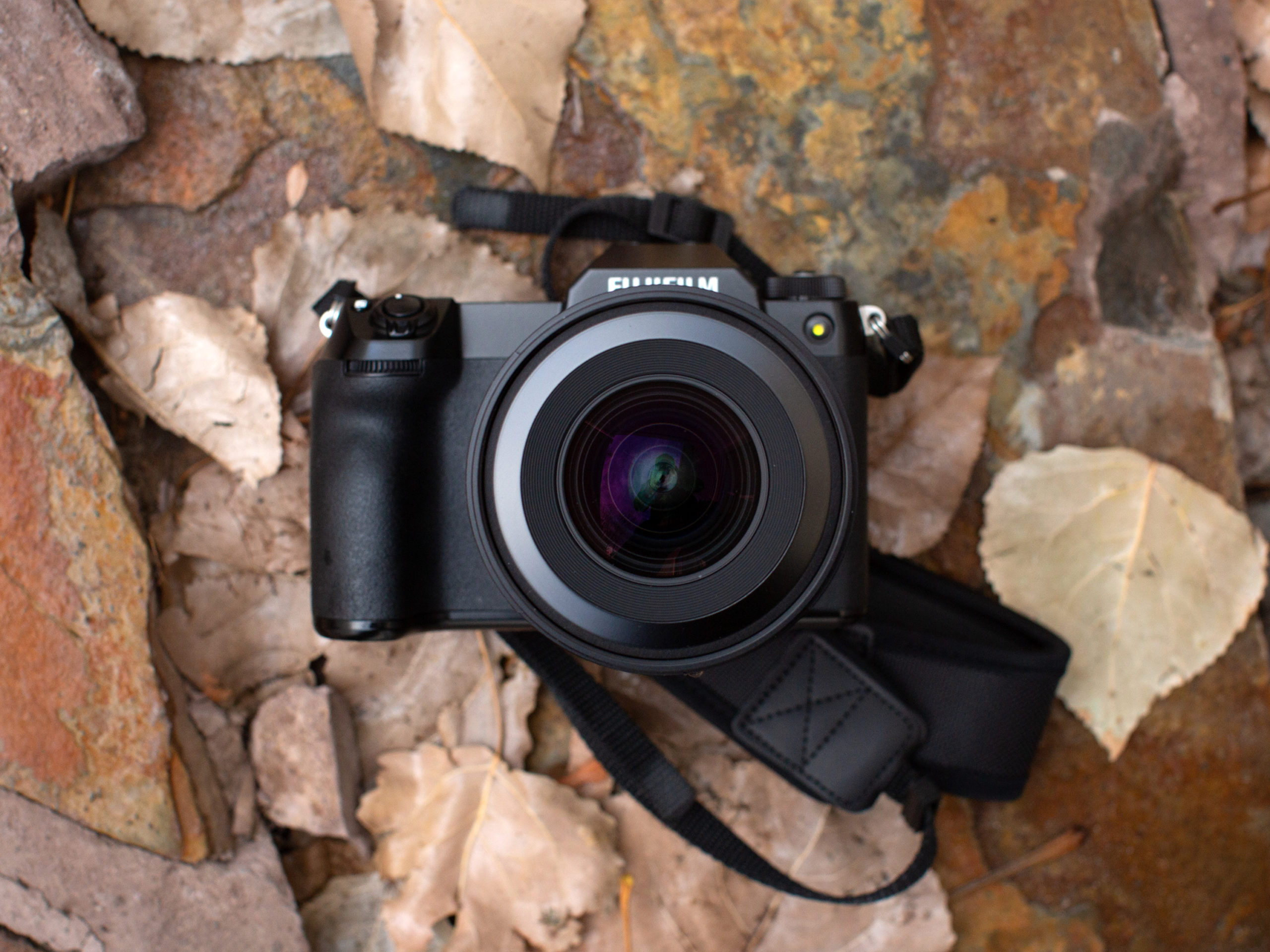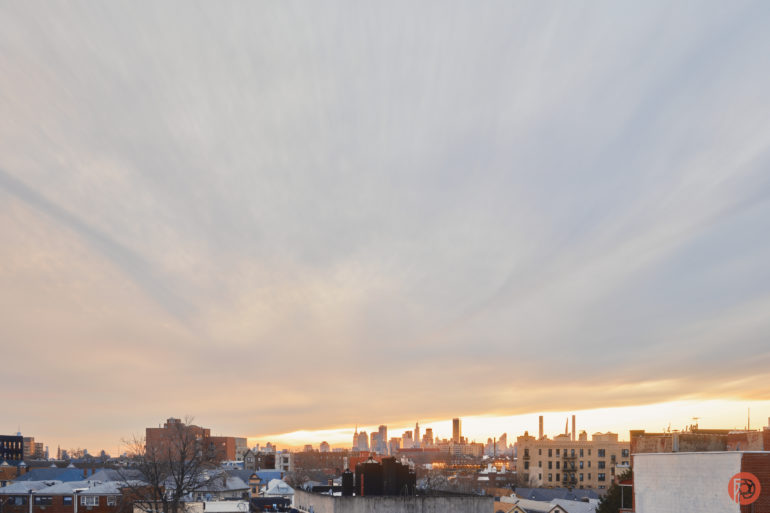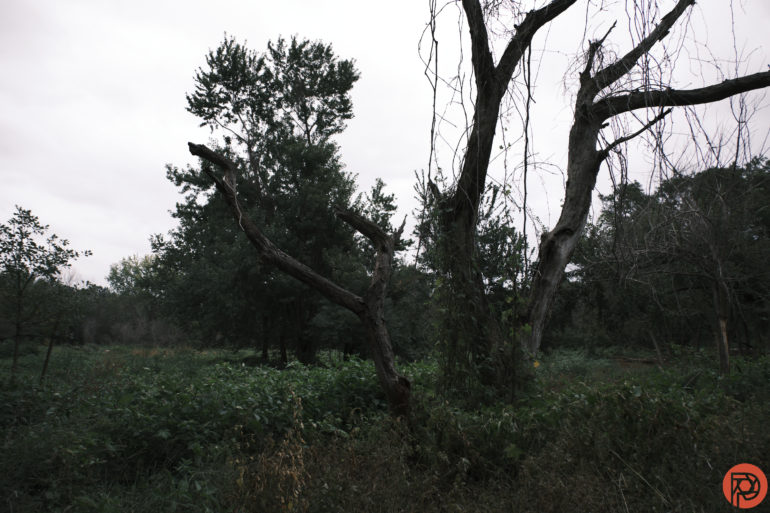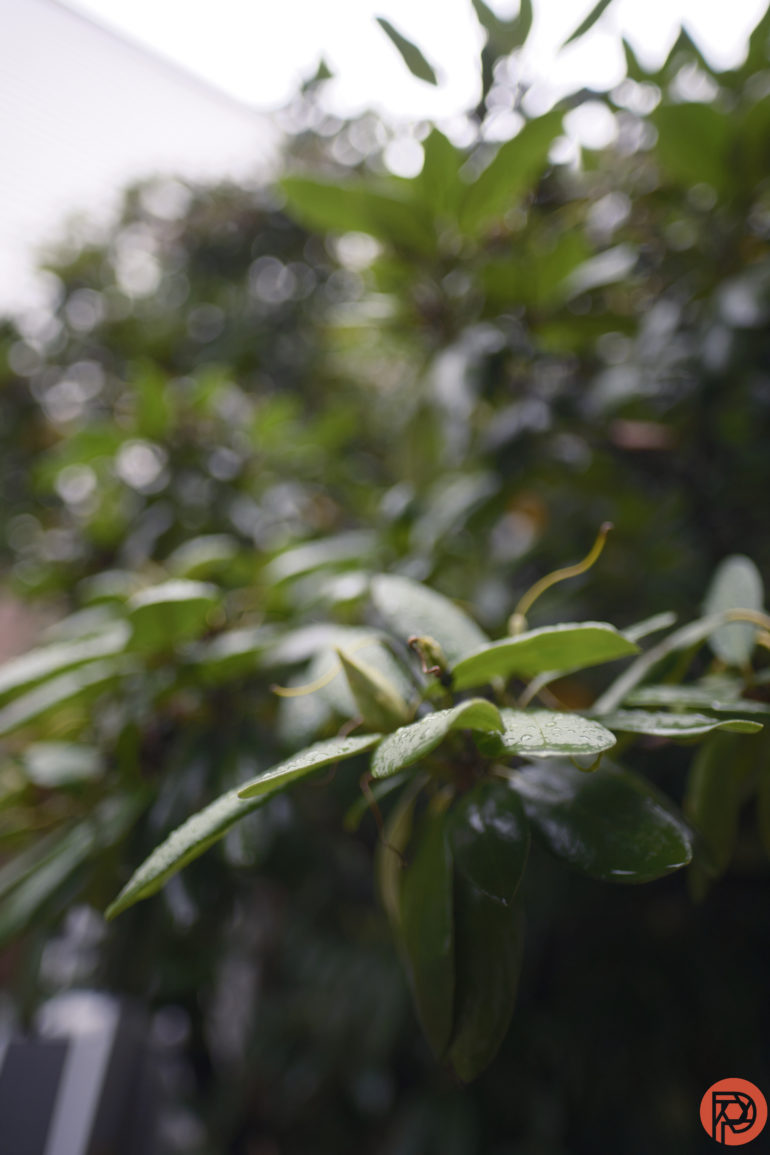Some folks hate on APS-C for landscape photography. But you really shouldn’t. They’re a great combination of small size meets good image quality. Further, Fujifilm APS-C is really the best out there when it comes to image quality. Then they’ve also got GF format, which is larger than full frame. Of course, some of the best Fujifilm cameras for landscape photography are going to satisfy any photographer. So we’re rounding up our favorites.
The Phoblographer’s various product round-up features are done in-house. Our philosophy is simple: you wouldn’t get a Wagyu beef steak review from a lifelong vegetarian. And you wouldn’t get photography advice from someone who doesn’t touch the product. We only recommend gear we’ve fully reviewed in these roundups. If you’re wondering why your favorite product didn’t make the cut, there’s a chance it’s on another list. If we haven’t reviewed it, we won’t recommend it. This method keeps our lists packed with industry-leading knowledge. Some of our stories include affiliate links. If you buy something through one of these links, we may earn an affiliate commission.
Table of Contents
How We Chose the Best Fujifilm Cameras for Landscape Photography
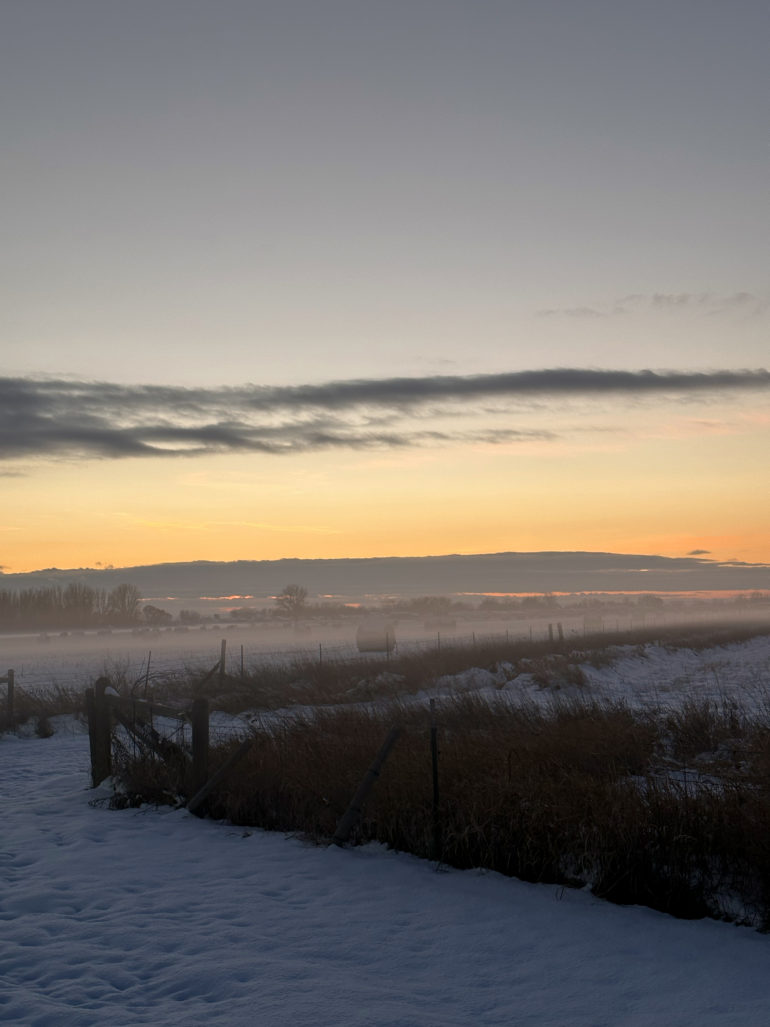
Here’s some insight into how and why we chose these as the best Fujifilm cameras for landscape photography.
- Our roundups only prominently feature products that we’ve done full reviews of. With that said, within each section of this roundup, you’ll find links back to our full reviews of the products. So you can know that we really believe that these are the best Fujifilm cameras for landscape photography because we’ve tested them.
- All the product images and sample photos were shot by our staff.
- The best Fujifilm cameras for landscape photography all put film simulations at the forefront. Velvia, Provia, Classic Chrome, Astia, and Acros are some of our favorites.
- Fujifilm has an option to get 400% dynamic range for when you want to edit the photos later. there’s also a blue chrome FX setting that makes the skies look even more blue too.
- All of these cameras are weather resistant, which is very important for landscape photography.
Fujifilm XT5
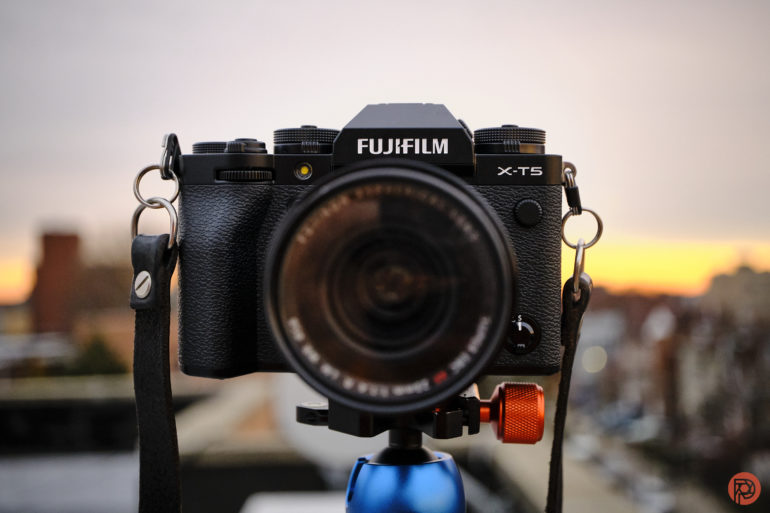
Here are the pros and cons from our full review:
PROS
- Lovely detailed images at 40 megapixels
- Great color
- Classically-inspired ergonomics
- Weather-sealed
- 7 stops of stabilization
- Great updates to the EVF
- Better battery life
- Eye AF is better, and now works on animals
CONS
- The autofocus had more misses than the XT4
- No touch menu
- It needs a dedicated control for switching subject detection AF
- The XH2 has a better buffer because it’s not limited to SD cards
- The tilt screen no longer flips forward or flips closed
Fujifilm XH2
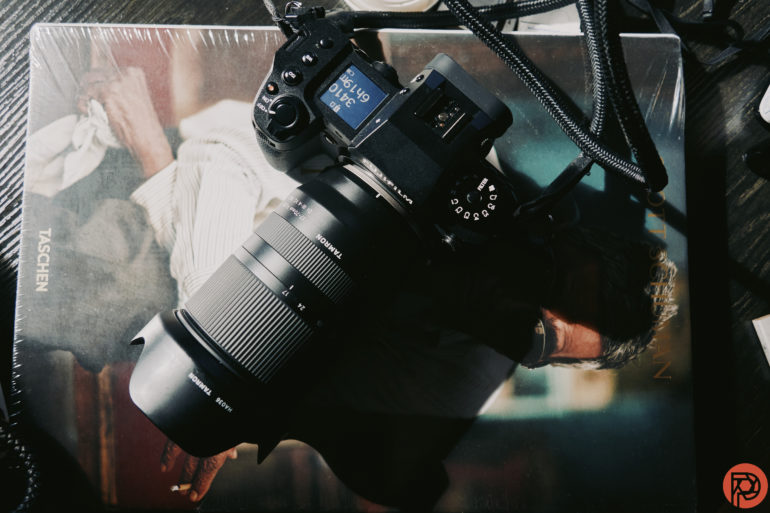
Here are the pros and cons from our full review:
PROS
- Very quiet
- Fantastic image quality
- High ISO images are fairly clean, or you can embrace the noise.
- The best color from an APSC sensor in a while
- Subject detection is great in sufficient lighting.
- Weather resistant
- Good for street photography
- Alright battery life
- Still works well with older lenses
- Cropped shooting mode in continuous drive mode is brilliant. (Let me get it right in camera and frame it perfectly there rather than fixing it later.)
- Continuous AF is great in good lighting.
- Very good at 10pm for tracking birds
CONS
- I miss the ISO dial so much.
- Desperately needs to find a way to make switching between subjects faster
- Rolling shutter in pre-shot ES
- I wish it had more customizable buttons.
- Fuji needs to update how their focusing modes work.
- Star ratings don’t transfer over to Capture one or Lightroom.
- Continuous AF isn’t so great in low lighting.
- Fuji needs to update their AF-C customization modes.
- Autofocus performance deteriorates with exposure preview on and lots of underexposure.
- High ISO editing versatility isn’t all that great, but for wildlife it really needs to be.
- Fuji currently lacks a major selection of fast telephoto lenses, and they really need them.
Fujifilm GFX 50s II
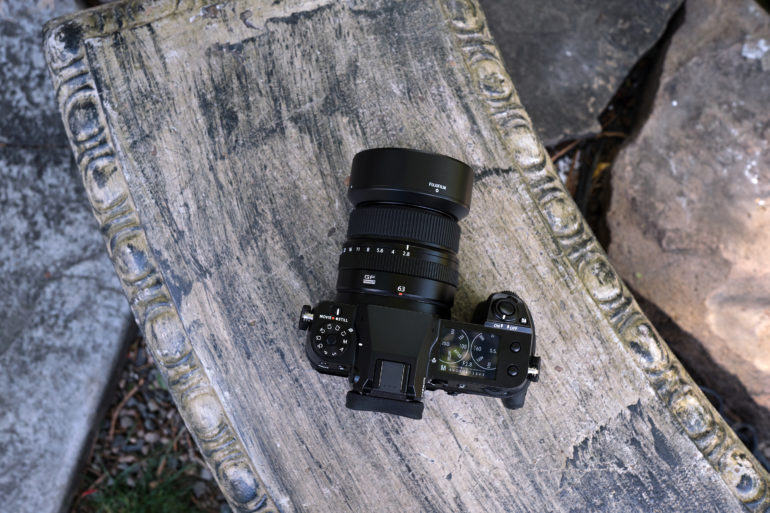
Here are the pros and cons from our full review:
PROS
- Beautiful image quality
- Colors and film simulations
- In-camera skin smoothing transfers to raw file
- It cuts down on editing time
- Dynamic Range
- Addition of IBIS
- Small camera body for medium format
CONS
- Autofocus can be sluggish
- Although it’s improved, face detection can still be improved upon
- Quick AF mode quickly drains the battery
- Not a lot of fast lens options in the current lens lineup
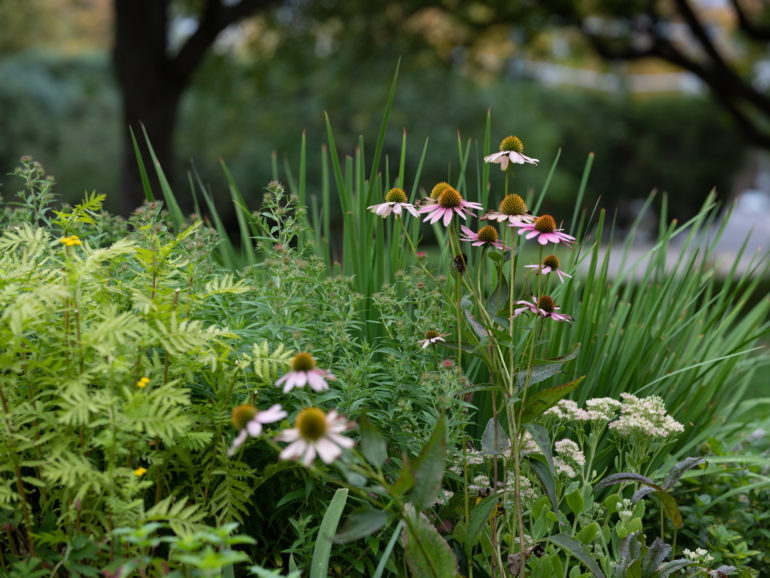
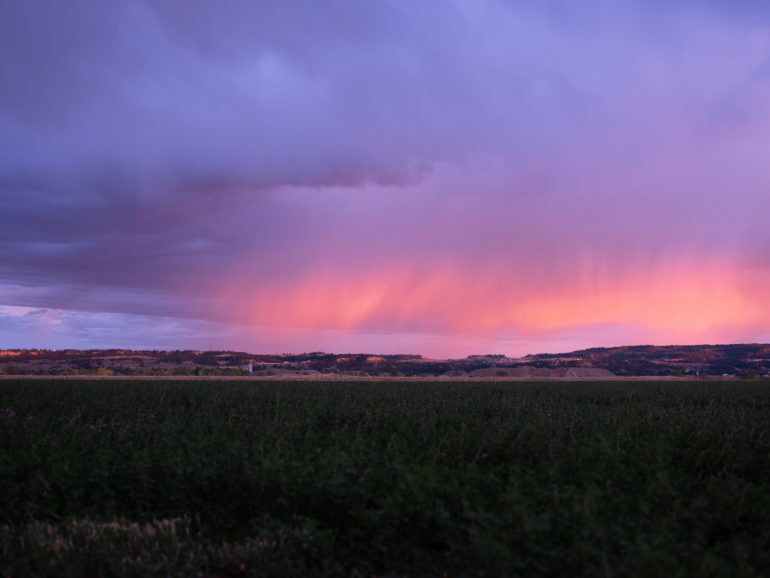
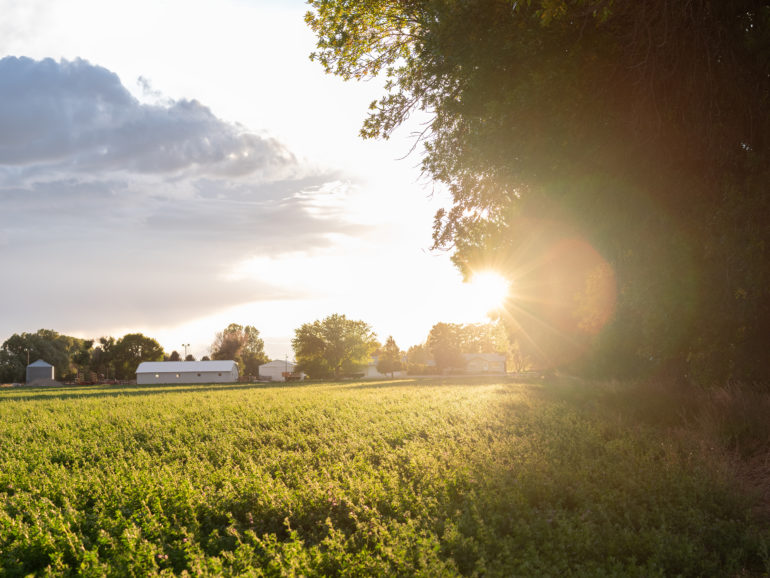
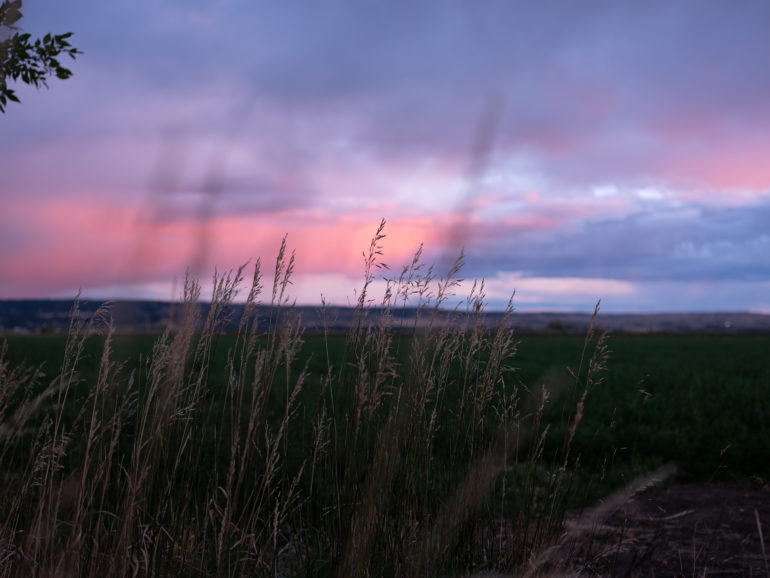
Fujifilm GFX 100s
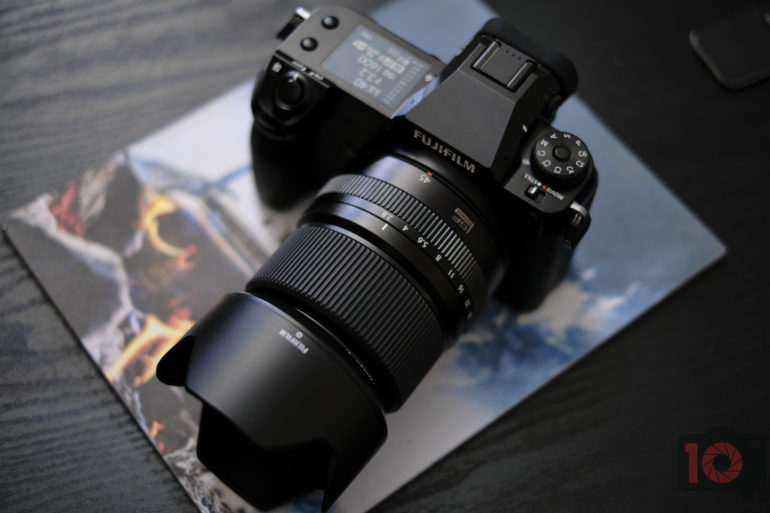
Here are the pros and cons from our full review:
PROS
- The build quality is much better than the GFX100
- Weather sealing
- The new IBIS system is excellent
- Good autofocus in good light
- More detail in images than anyone could ever want
- Great performance up to ISO 6400
- The film sims are great as always. Nostalgic Neg is a nice inclusion
- Nice grip and a well-placed thumb rest round out great ergonomics
- Excellent price point for a ‘more than Full-frame’ camera (it’s $5,999)
CONS
- Still no touchscreen menu system
- Mediocre battery life
- 400MP Hi-Res image mode is meh
- While the EVF is nice, it’s a step back from the GFX100
